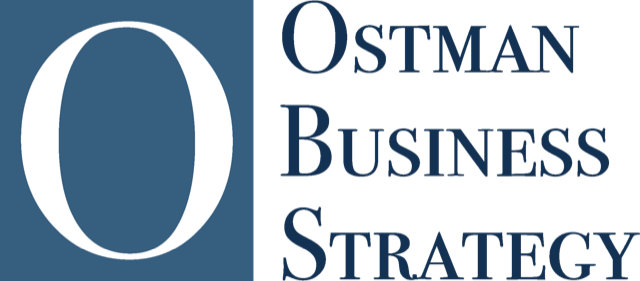Strategic Planning
Strategic Planning creates and then translates the vision for the organization into an executable plan. John is a proven strategic thinker and planner with the gift that enables him to translate strategic vision into practical operational profits while ensuring that goals and objectives are in sync with the soul of the enterprise. His central belief is that strategy without thoughtful and effective implementation, has no value. John will work with your team to develop an impactful strategic plan and then take it to successful implementation.
What is Strategic Planning and Why It Is Important?
Strategic planning, used by all types of organizations worldwide, is a process that defines the organization’s Identity, Mission, Value and most importantly it’s Vision and the Plan to arrive at a newly defined future-space. Generally, strategic plans are home grown processes, (developed from within an organization), that articulate direction for the next 3-5 years and exist in the form of a governing “living” document that is regularly reviewed and updated. It is the highest level of thinking within an organization, provides the roadmap for all future actions and is the basis for all other related planning, (e.g. Personnel, Budget, Capital).
Strategic Planning Process (Classical Approach)
A “classic” strategic plan has several distinct parts, but can be basically viewed as two (2) phases, 1. Visioning, and 2. Planning. Visioning begins with what is commonly referred to as a SWOT Analysis, (Strengths, Weaknesses, Opportunities, Threats), which layout what an organization is defined by today, (S,W), and what the organization may be defined by or encounter in the future,(O,T). The SWOT Analysis becomes the basis for the creation of the Mission and Vision. The Mission, or “Mission Statement,” articulates the fundamental purpose of an organization; what it is and does today, and is the platform for the journey to the future. It defines the organization’s key market/primary stakeholders, contribution (how it provides value), its distinction or differentiation and is designed to be a centering and motivational device, convincing and elemental. The Vision, or “Vision Statement,” is the core element of the strategic plan and articulates what an organization wants to be; a longer-term view of its future and the space it seeks to occupy in the marketplace, community, etc. It defines what the organization wants to accomplish, the potential inherit in its future and, as with the “Mission,” is designed to be a centering and motivational device, convincing and elemental.
The Planning phase of the strategic plan process consists of establishing a set of general but clear Strategic Goals that when attained through the follow on plan, achieve the Vision. These strategic goals define the destination, changes in the current organizational direction and the mindset of the personnel. The plan itself is derived from these goals and then drills down from the general to the very specific. For each established strategic goal, a set of Objectives is created to achieve the goal. This portion of the plan creates a series of concrete steps that establish a road to the destination, is inherently shorter term and translates thought into action. Then, within each objective, a set of Strategies is created that are designed to achieve the objective. Strategies define the methods or plans used to create outcomes, employment of resources and are specific and measurable. Finally, the execution of each strategy is supported by a Tactical Action Plan, which describes or lists what needs to be done, by whom and when.

